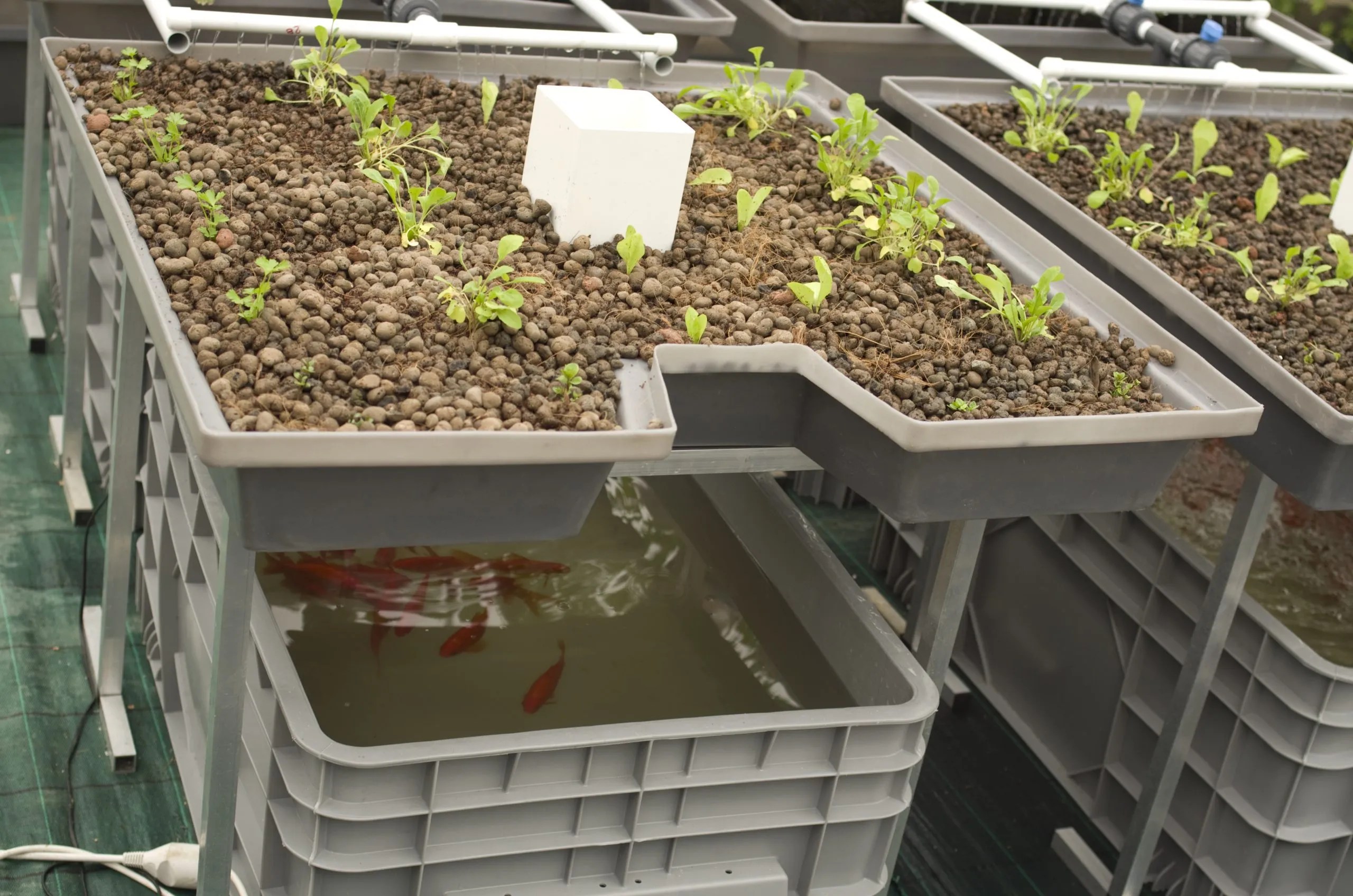 www.aquaponicsforbeginners.com ```html
www.aquaponicsforbeginners.com ```html Introduction to DIY Aquaponics Aquaponics is a fascinating method of growing food that combines aquaculture (raising fish) and hydroponics (growing plants without soil). This symbiotic system offers a sustainable and efficient way to produce both fresh vegetables and fish. If you're looking to reduce your environmental impact, grow your own food, or simply try a rewarding new hobby, building your own DIY aquaponics system can be an excellent choice. This guide will walk you through the process step-by-step, ensuring you have a functional and productive aquaponic setup.
Materials You'll Need Before we begin, gather the necessary materials. The specific sizes will depend on the scale of your project, but this list provides a general overview: Fish Tank: A food-grade plastic container or glass aquarium. Consider starting with a 20-gallon tank or larger. Grow Bed: A container to hold your growing medium. A plastic storage tote works well. Should be slightly smaller than the fish tank. Grow Medium: Clay pebbles, gravel, or lava rock. Water Pump: Submersible pump with enough power to circulate water from the fish tank to the grow bed. Check the flow rate (gallons per hour or GPH). Plumbing: Tubing and fittings to connect the pump to the grow bed and allow water to drain back to the fish tank. Air Pump and Air Stone: To oxygenate the water for the fish. Bell Siphon (Optional): For a flood and drain system. You can also use a timer to control the pump. Fish: Start with a small number of fish that are suitable for aquaponics, such as tilapia, goldfish, or koi (depending on your climate and regulations). Seeds or Seedlings: Choose plants that thrive in aquaponic systems, such as leafy greens (lettuce, spinach, kale), herbs (basil, mint), and some fruiting vegetables (tomatoes, peppers). pH Testing Kit: To monitor the pH of the water. Dechlorinator: To remove chlorine from tap water.
Step-by-Step Construction Guide Follow these steps to assemble your DIY aquaponics system: Step 1: Preparing the Fish Tank: Clean the fish tank thoroughly with water. Do not use soap or chemicals. Place the tank in a location that receives indirect sunlight. Step 2: Setting Up the Grow Bed: Place the grow bed above the fish tank. You can use a stand or sturdy supports to elevate it. Ensure it's stable and level. Step 3: Connecting the Plumbing: Connect the water pump to the tubing. Place the pump in the fish tank. Run the tubing from the pump to the grow bed. This is the water supply line. Step 4: Creating the Drain: Drill a hole in the bottom of the grow bed for the drain. Connect tubing to this hole that will allow water to drain back into the fish tank. If using a bell siphon, install it in the drain hole according to the siphon's instructions. If not, ensure a simple drain is in place. Step 5: Adding the Grow Medium: Rinse the grow medium thoroughly to remove any dust or debris. Fill the grow bed with the rinsed medium. Step 6: Setting Up the Air Pump: Place the air pump outside the fish tank and connect it to the air stone with tubing. Place the air stone in the fish tank to oxygenate the water. Step 7: Filling the System with Water: Fill the fish tank with dechlorinated water. Run the system for a few days to allow the water to cycle and establish beneficial bacteria. Step 8: Planting Your Seeds or Seedlings: Once the water has cycled, plant your seeds or seedlings in the grow bed. Step 9: Introducing the Fish: After the plants are established and the water parameters are stable, introduce the fish to the tank. Acclimate them slowly by floating the bag they came in the tank for about 30 minutes to equalize the temperature.
Maintaining Your Aquaponics System Regular maintenance is crucial for the success of your aquaponics system: Water Quality Monitoring: Test the pH of the water regularly. The ideal pH range for most aquaponics systems is between 6.0 and 7.0. Adjust as needed using pH up or pH down solutions. Water Changes: Perform partial water changes (about 20-30%) every few weeks to remove excess nutrients and maintain water quality. Feeding the Fish: Feed your fish a high-quality fish food daily. Adjust the amount based on the size and number of fish. Plant Care: Monitor your plants for any signs of nutrient deficiencies or pests. Adjust nutrient levels as needed. You can add small amounts of organic fertilizer if necessary. Pump Maintenance: Clean the water pump regularly to ensure it is functioning properly. Check for clogs and remove any debris.
Conclusion Building a DIY aquaponics system is a rewarding project that offers a sustainable way to grow your own food. By following these steps and maintaining your system properly, you can enjoy fresh vegetables and healthy fish from your own backyard. Remember to research and adapt the system to your specific needs and environment. Happy growing!
``` Component Of Aquaponics Systems
 www.aquaponicsforbeginners.com
www.aquaponicsforbeginners.com Aquaponics-what Is Aquaponics And How Does It Work?
 agromoris.com
agromoris.com Aquaponic Gardening Systems
 fity.club
fity.club
0 komentar:
Posting Komentar